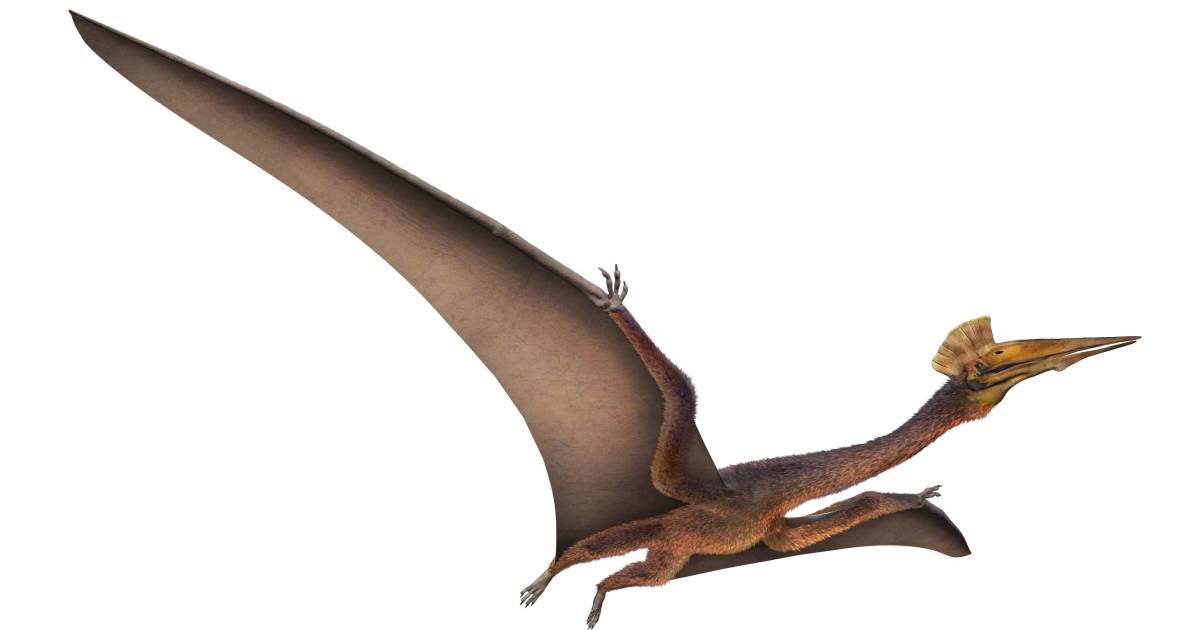


"And yet our skeleton, about 160 million years on since its death, remains in almost pristine condition, articulated and almost complete. "To achieve flight, pterosaurs had hollow bones with thin bone walls, making their remains incredibly fragile and unfit to preserving for millions of years," study lead researcher Natalia Jagielska, a doctoral candidate of paleontology at the University of Edinburgh, said in the statement. 52.2 feet is equal to: More than the length of 2 African elephants. However, to fly, pterosaurs needed lightweight, delicate bones - a feature that means their remains rarely fossilized well. The estimated wingspan of the Quetzalcoatlus is approximated to be 52.2 feet. For example, the largest pterosaur on record, Quetzalcoatlus, likely had a 36-foot-long (11 m) wingspan (opens in new tab), meaning it was as large as a small passenger aircraft during its lifetime about 70 million years ago. indicating that 1011 m wingspans and masses of 200250 kg are the most. This reconstruction is a vast improvement over Carnegies first pterosaur, and has a wingspan of 18 centimeters. The oldest pterosaurs on record date to about 230 million years ago, during the Triassic period, and it was previously thought that they didn't reach huge sizes until the very late Jurassic or the Cretaceous period (145 million to 66 million years ago). Quetzalcoatlus /ktslkotls/ is a pterosaur known from the Late Cretaceous. Pterosaurs (which are not dinosaurs) are the first known vertebrates to have evolved powered flight - a feat they accomplished about 50 million years before birds did.


 0 kommentar(er)
0 kommentar(er)
